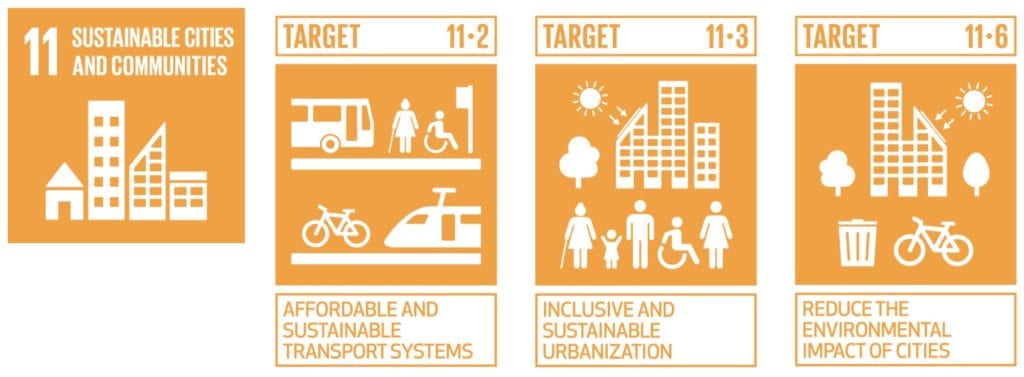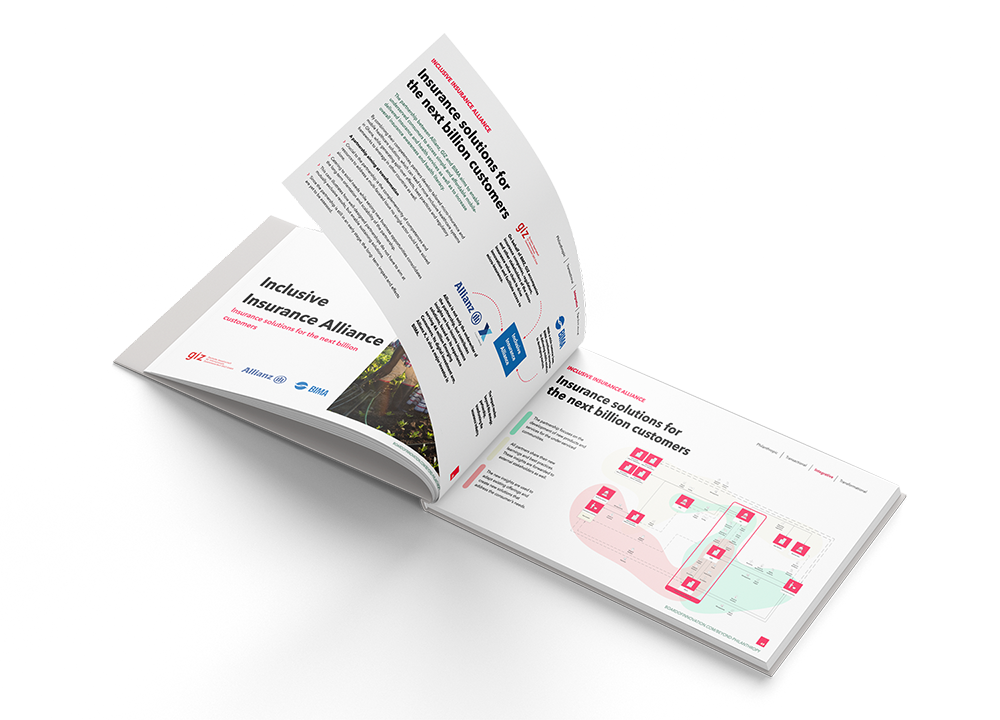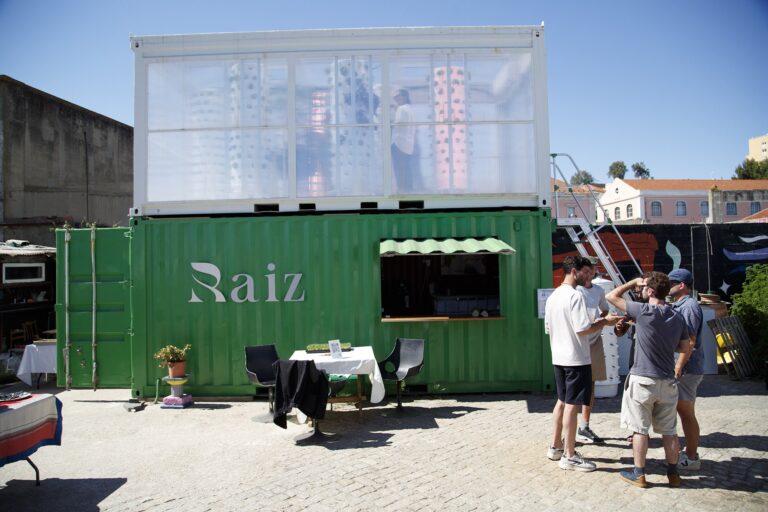Business model innovation: a compelling competitive advantage

There are 10 types of innovation frameworks, which are derived from the three main areas that businesses should focus and invest in: configuration, offering and experience.
Many years have gone by since the the 10 Types of Innovation were shared, yet the power of configuration innovation remains untapped for the majority of innovators. This configuration – or business model – is the hardest to reconfigure, but the most valuable to focus on. The numbers back it up: it’s a proven reality that business model innovation yields the highest return – in contrast to product innovation, which arguably has the lowest return.
Here’s why: business models are harder to replicate than product features, leaving product innovation as a weaker metric of competitive advantage in comparison to business model innovation. The verdict is in on this matter – and it might be a hard swallow – but that brand-new innovative-looking app you just developed really doesn’t guarantee any positive business impact. Sorry to break it to you!
Innovating for a better tomorrow
It’s Board of Innovation’s mission to make what life needs next. In doing so, the 17 Sustainable Development Goals (SDGs) established by the UN serve as our north star, leading us to deliver meaningful projects with positive social impact.
Crafting innovation that can actually help people, instead of making them more addicted to their smartphones, has become our north star.
This involves looking for innovative business models, designed to achieve the intricate balance between improving financial performance and positively impacting society. And that’s precisely where GaiaGo fits in.
GaiaGo: urban tech mobility company enhancing sustainability

“GaiaGo is about making mobility comfortable, convenient and sustainable”. That was the opening statement when I first met Andrea Vettore (Operations Manager) and Mattia Zara (Marketing Director) at GaiaGo. “That’s brilliant and ambitious,” I replied.
As we engaged in conversation, it became apparent that GaiaGo is an Urban Tech mobility company that integrates shared and sustainable mobility, and aggregates mobility services while at the same time connecting them to customers.
In human language: GaiaGo merges community, marketplace and mobility. But what does that mean, exactly?
Community + Marketplace + Mobility = GaiaGo
Let’s take a closer look at what that implies. Imagine living in Milan, where GaiaGo is active. You can browse the available-for-sharing mobility services on one unique platform. Depending on your trip, you can then choose the most convenient option for you. Cool, right? But still: isn’t that just a fancy journey planner?
Well, no. Your shopping is connected to your mobility on the platform. GaiaGo’s journey planner is integrated into the community-based marketplace, allowing you to shop at local stores and brands. Awesome, right? But still: where’s the advantage in having a journey planner connected to a market place?
Aha! Here comes the ‘lightbulb moment’. The user value proposition becomes clear when you really think about it:
Through GaiaGo, you can travel more sustainably and end up spending less in the process. By shopping on GaiaGo Marketplace, you earn mobility time credits. These allow you to travel sustainably without cost, through GaiaGo or related partners.
By promoting local economies on its marketplace, GaiaGo boosts the volume of trade and encourages the discovery and activation of local neighbourhoods.
Connecting mobility to shopping actively promotes local mobility, fostering a community-based, inclusive and sustainable urbanization.
GaiaGo’s disruptive business model

Gaiago and providers
GaiaGo loves to collaborate! It teams up with several providers:
- Mobility providers who bring the available-for-sharing services to GaiaGo marketplace;
- Energy Utility Companies who provide a distribution channel; and
- Automotive Experts who bring expertise and resources to the table.
Urania basket and its community

Urania basket community and gaiago
Wrapping things up: business model innovation and positive impact on society

The GaiaGo case demonstrates how business model innovation – or configuration innovation – results in a higher competitive advantage than through changing or introducing new product features. These new mobility solutions provided by GaiaGo ensure both financial and social impact. All achieved by using existing technology and mobility services!
- The complex business model envisages a multitude of revenue stream channels, improving the company’s overall financial performance.
- By offering sustainable mobility at a lower cost, boosting sustainable consumption and encouraging community-based, inclusive urban planning, the positive impact on society is impressive.
It is at the height of the COVID-19 pandemic and the attendant restrictions enforced to prevent further spread of the contagion that the social impact of GaiaGo matured. Local shops required extra support, the need for youth to get around and engage in sports was acute, and being an active participant in the affairs of the local community, is vital to human existence.
So, let’s look closer at the 17 Global UN Goals that Board of Innovation uses to craft sustainable innovation. GaiaGo’s contribution to the realization of the three targets under Goal 11, (Sustainable Cities and Communities), is evident and cannot be gainsaid.

GaiaGo’s mission is closely related to SDG 11 which aims to make cities and human settlements inclusive, safe, resilient, and sustainable. The disruptive GaiaGo model achieves precisely this by reducing the number of cars on the roads by promoting sharing, which results in a safer, more social and interconnected community.

Comprehensive guide to creating impact through partnerships
Check out this guide to how businesses and nonprofits can join forces to accelerate positive change through impact partnerships
Eager to explore ways to make your business model more disruptive and impactful?
Want to learn all about business model innovation and the increased social impact of business models? Reach out and let’s talk!


